WE ARE NOW CLOSED FOR THE SEASON - Thanks for all your kind support -- $1000 raised with our GIVING ORNAMENT campaign and 900 lbs of food all towards the Partners in Mission Food Bank Kingston
WE ARE NOW CLOSED FOR THE SEASON - Thanks for all your kind support -- $1000 raised with our GIVING ORNAMENT campaign and 900 lbs of food all towards the Partners in Mission Food Bank Kingston
Today’s gardener looks for perennials that are easy to grow and maintain, have great colour for an extended period of time, and can contribute to the diversity of our ecology. In other words, plants that can do double duty, be as beautiful as they are functional.
Growing beautiful, healthy landscapes
We are passionate about creating a diverse landscape so that our pollinators have healthy landscapes for foraging and our birds and other wildlife have places to live. Our staff will be happy to recommend the many options of perennials that attract and indeed sustain bees, butterflies and hummingbirds and are native to our region.
Here are just a few of the hundreds of lush and carefully grown perennials we carry. Be sure to check out these top pollinator friendly perennials.
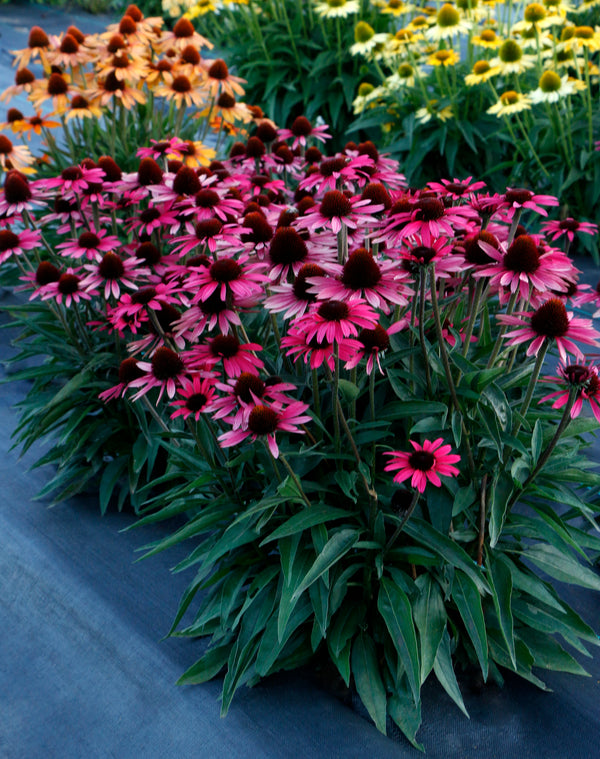)
This new Echinacea is a knockout!
Large glowing watermelon blooms in a perfect- bouquet form emerge on contrasting chocolate brown stems. The dark green foliage is clean and combines to present a standout perennial for the sunny border.
Attract the pollinators with this beautiful later summer bloomer and deer will leave this alone. Available in limited quantities this season for its first year introduction.
Phtot credit: Terra Nova Nurseries
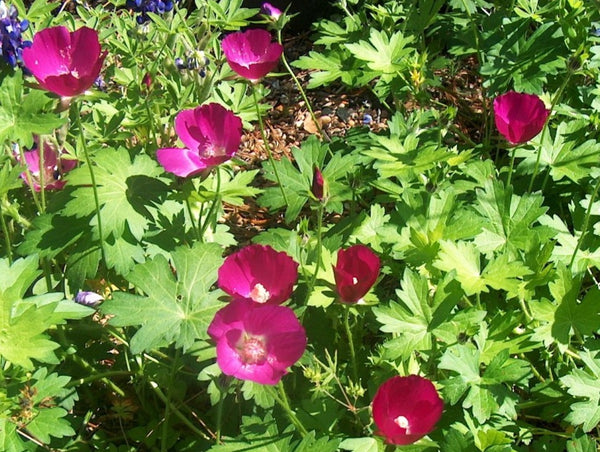)
This native low growing groundcover is great for problem soils that are droughty.
A June blooming perennial that can be used in rock gardens, cascading over slopes or rock walls, the wine coloured blooms are also great food for pollinators.
If you are looking to naturalize a difficult terrain, this perennial could be the problem solving plant!
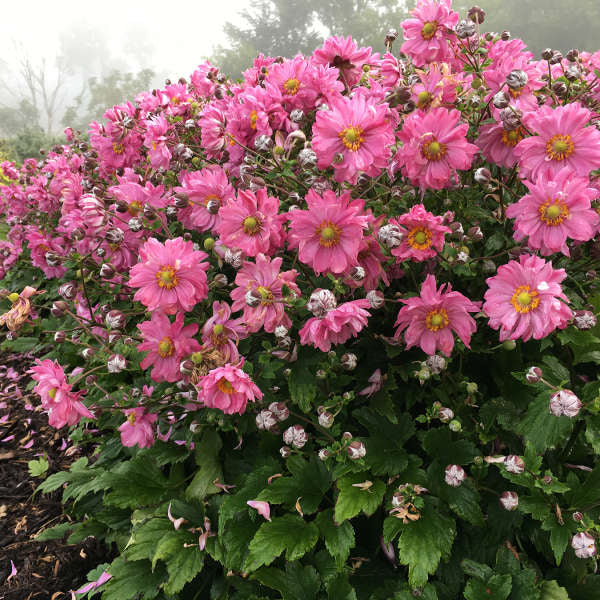)
You'll love how this perennial will extend the seasonal interest of your garden. When other plants in your garden are fading, FALL IN LOVE® 'Sweetly' is just getting started, producing rich, rose pink flowers in early fall. Semi-double flowers are produced above a large mound of dark green foliage.
September is still a beautiful month to enjoy the garden and for those gardeners looking a flowering perennial that will complement sedums and ornamental grasses , this is it!
Photo: courtesy of Walters Gardens
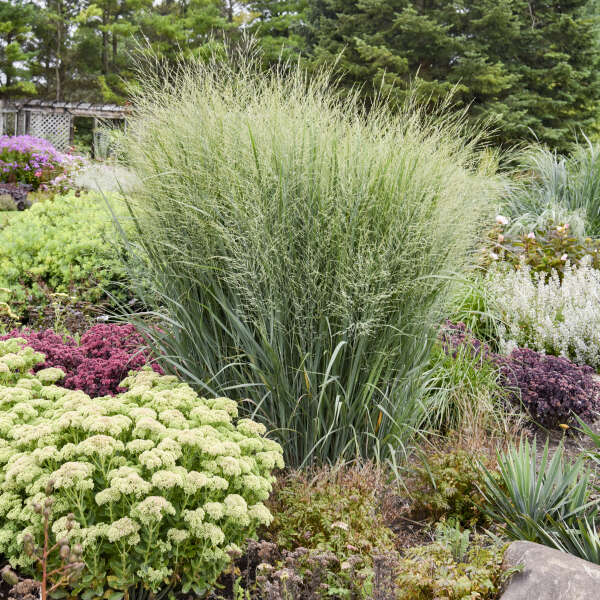)
Many of us are becoming more confident in utilizing
ornamental grasses in the garden. We are moving beyond the traditional Karl
Foerster feather reed grasses and
fescues, and incorporating other varieties that offer so much appeal and
texture to our gardens.
A mental image of a totem pole brings to mind a tall, narrow, majestic structure – the exact imagery to apply to this new ornamental grass! 'Totem Pole' forms a very upright column of steel blue foliage and powdery blue stems. In early fall, the top of the clump explodes with golden seed panicles. The narrow base of the plant makes it an ideal candidate for small spaces in the garden that need height and vertical structure.
Don’t cut it back till early spring so that it can provide cover for the birds in winter.
Photo: Walters Gardens
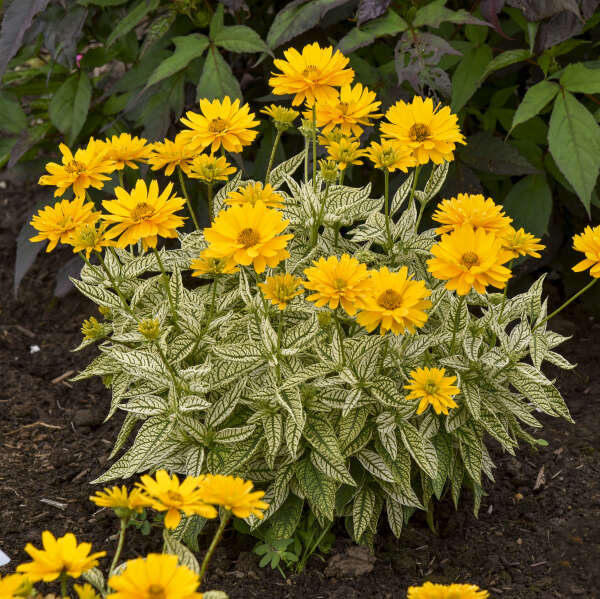)
This vareigated false sunflower sports large semi double bright yellow flowers that are great for inviting butterflies to the sunny garden.
A great middle of the border plant, it blooms profusely through July and August.
Plant it wtih Russian Sage, hyssop and tall garden phlox for a full colour show!
Photo credit: Walters Gardens
Gardeners who have shade often feel like they have no options for colour. Do let us help you to create a shade garden that will grow to become a tapestry of texture and colour by considering shade perennials like these.
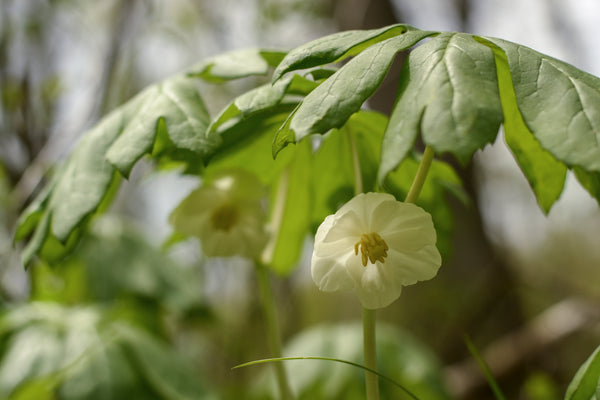)
This native woodland perennial is a problem solver for those landscapes that are difficult to get plants established IN THE SHADE. Although the plant only has 1 or 2 leaves and 1 blossom it does grow to form a dense mat in the forest understory. As its common name implies, it blooms in May , providing sweet nectar to early season foraging bees. Drought tolerant once established and is deer and rabbit resistant - as we said , a real problem solver for tough landscapes.
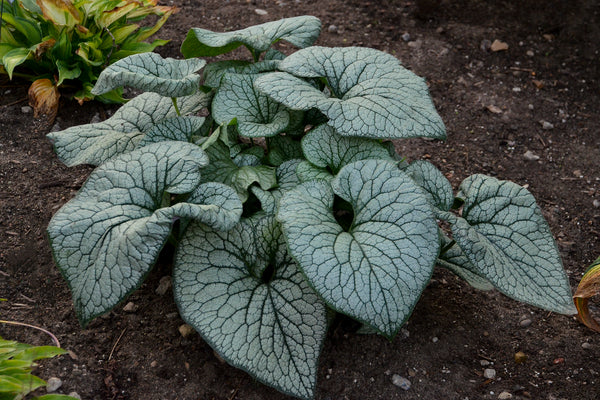)
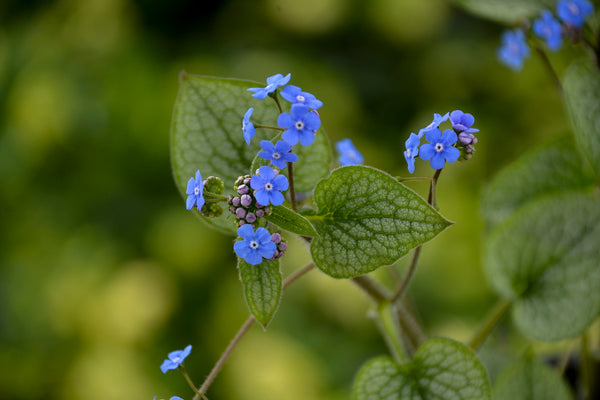)
Heart shaped leaves of silver mottling brighten shade gardens when combined with ferns and astilbes. This plant loves humus rich soil and will reward you with pretty blue forget me not blooms in the spring. Favoured by pollinators but resisted by deer, it will provide that dimension of texture and lightness in shade perennial beds.
Photo: Proven Winners